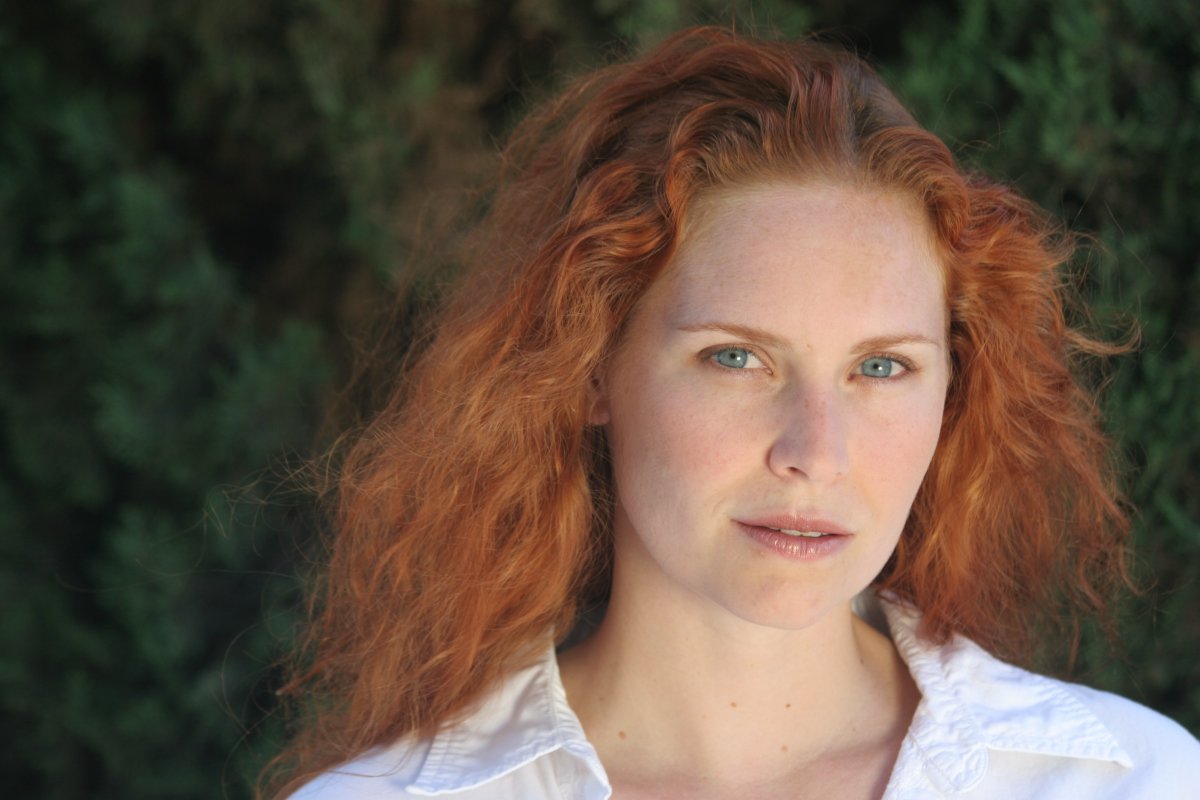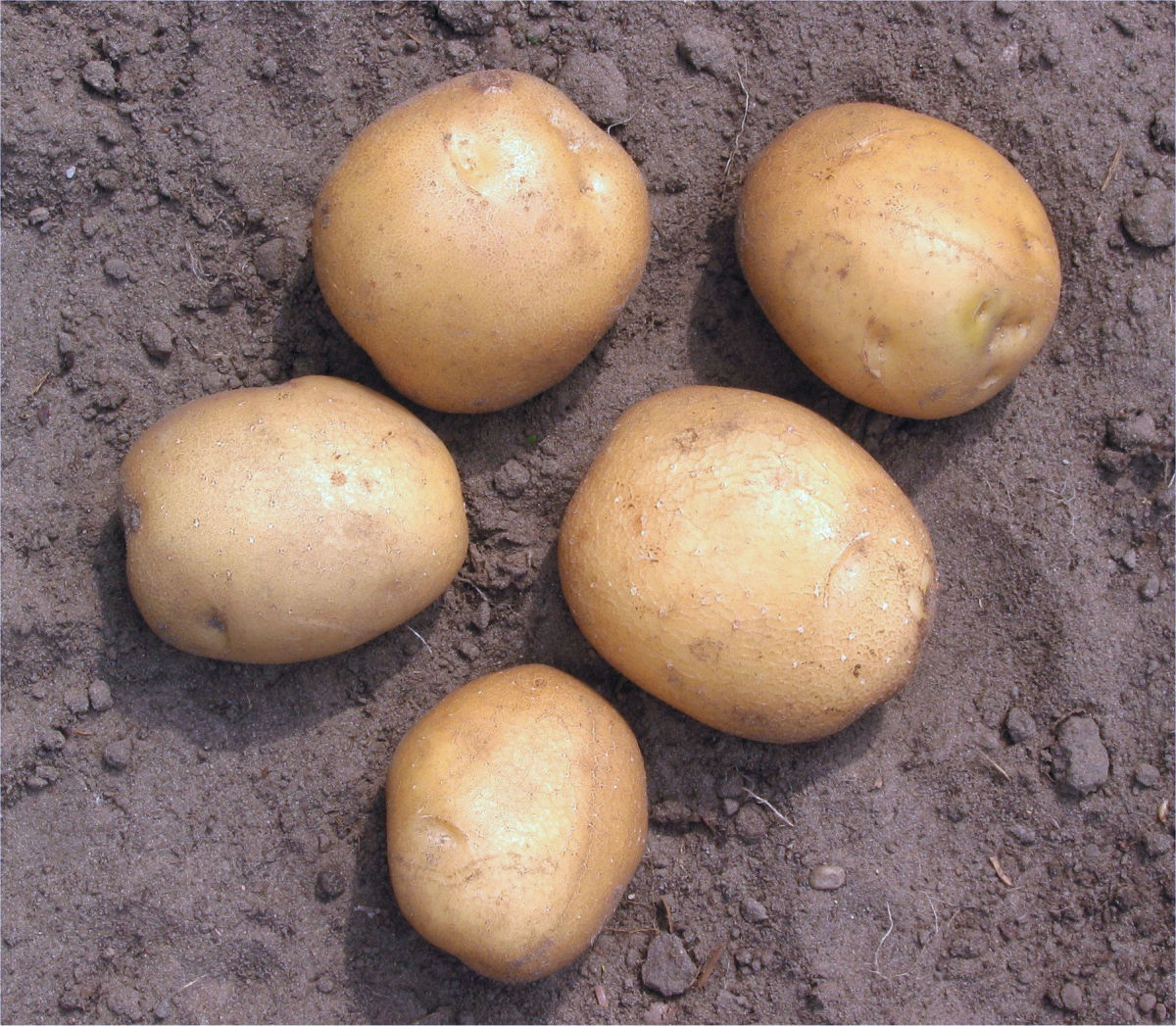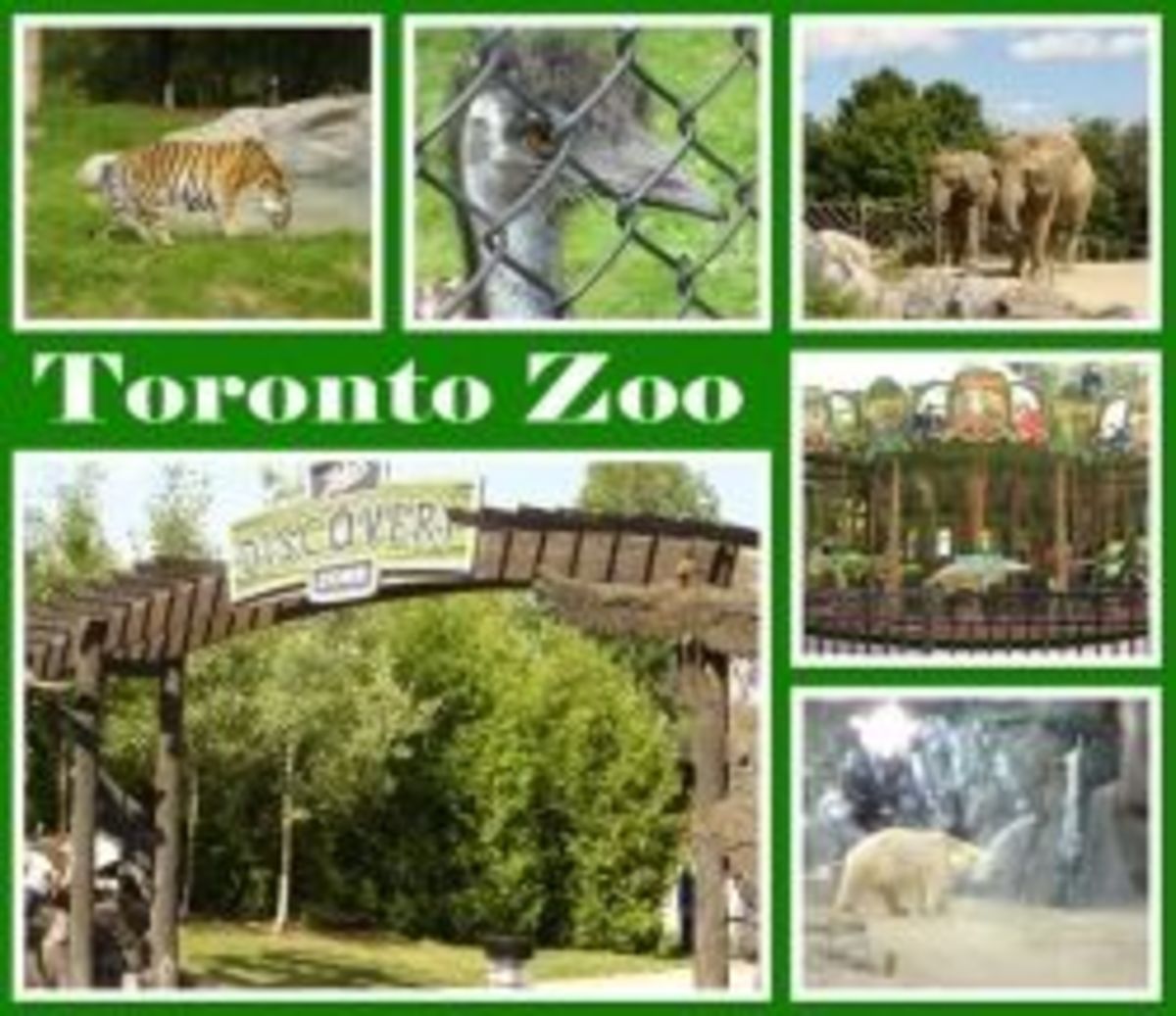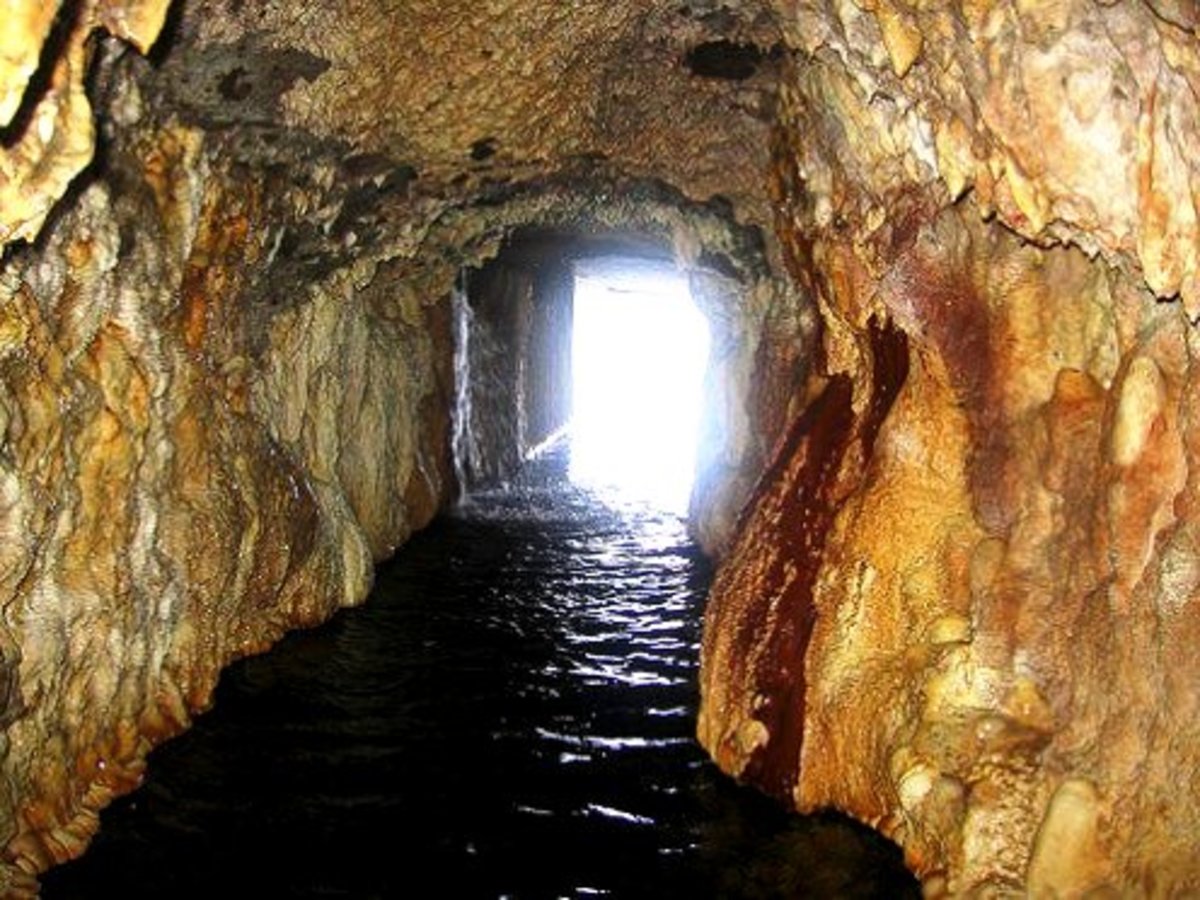Irish Holocaust Memorials Around the World: Canada
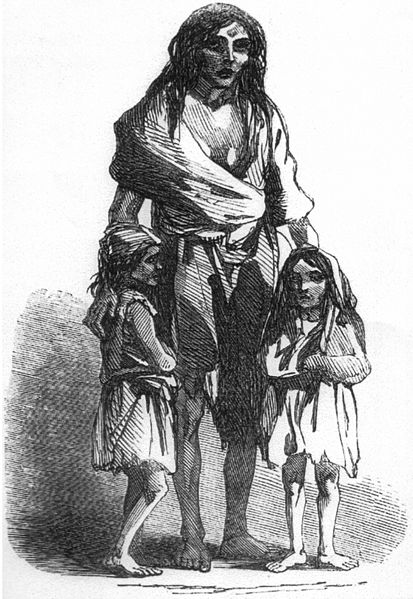
Wrong no matter the name.
The Irish Holocaust* is known by many names including The Irish Genocide, The Great Hunger, The Great Famine and The Potato Famine. It all depends on who you ask and which truth you believe.
To the Irish it is called "An Gorta Mor" meaning "The Great Hunger"
From 1846 to 1852 the Potato Blight or "Phytophthora infestans" in Ireland was blamed for millions of Irish deaths and was the cause of over a million more Irish leaving Ireland.
The Potato Blight was first recorded in the United States, in Philadelphia and New York City in early 1843. Winds then spread the spores, and in 1845 it was found from Illinois to Nova Scotia, and from Virginia to Ontario. It crossed the Atlantic Ocean with a shipment of seed potatoes for Belgian farmers in 1845.
You may wonder how could so many people die from the lack of a potato? They didn't, they died from lack of food. Although their diet was mainly potato other types of food were grown throughout Ireland and readily available from 1846 to 1852. Unfortunately none of it was given to the starving Irish, instead it was taken from farmers, at gunpoint, by the British Military. Ships carrying butter, vegetables, grains, livestock, whiskey and other provisions were regularly exported to England during the "Great Famine" as England likes to call it.
* Referred to as "Holocaust" in the Cork Examiner in 1847
The 150th Anniversary of "An Gorta Mor"
1997 marked the 150th Anniversary of "The Great Hunger". This prompted Irish communities throughout the world to commission memorials to be built in honor of those that died, those that fled and their descendents.
The Great Hunger caused mass emigration from Ireland. It is said over 1 million Irish fled their beloved homeland on ships bound for foreign shores. Today you can find Irish Holocaust Memorials in America, Australia, Canada, England & Wales and plans are underway for one in Glasgow, Scotland as well.
This hub features Irish Memorials in Canada.
Bishop Michael Powers
Michael Powers, was ordained a priest in 1827 in Quebec and was canonized in 1841, becoming the first Roman Catholic Bishop of Toronto. On May 8, 1845 Bishop Powers laid the cornerstone of St. Michael's Cathedral. He is also known for building the Bishop's Palace and establishing schools in the city, starting education for women and separate schools.
In the winter of 1846 Bishop Powers spent time in Ireland and saw first hand the starvation of Irish Roman Catholics. He wrote a letter to church officials describing the devastation he witnessed and warned them to prepare for the immigrants that would begin to arrive in the spring.
Bishop Powers subsequently died in October of 1847 after contracting typhus while tending to immigrant patients. He is buried in a crypt beneath his beloved St. Michael's Cathedral. If not for his warning to prepare for the incoming who knows how many more Irish lives would have been lost.
Grosse Isle, Canada
Grosse Isle, also known as The Irish Memorial National Historic Site, is a small island to the North East of Quebec. The island was the site of an immigration depot which predominantly housed Irish immigrants coming to Canada during The Great Hunger.
The depot had been set up in 1832 to contain a cholera epidemic that was believed to be caused by the large influx of European immigrants. The station was reopened to accommodate Irish Famine migrants who had contracted typhus during their voyages. Thousands of Irish were quarantined on Grosse Isle from 1832 to 1848.
Historians estimate that over 5000 Irish are buried there. During the time of its operation over 3000 Irish died on the island while over 2000 died en route on one of the many "coffin ships" that arrived. From the time it was set up in 1832 to the closing in 1932 almost 500,000 Irish immigrants passed through Grosse Isle on their way to Canada. Today, Gross Isle is the home of the Irish Memorial National Historic Site and is run by the Canadian Parks Department. Many of the buildings, including housing, fever sheds, wash houses and a bakery still stand today.
You can take an online tour of Grosse Isle via the Parks Canada website.
Kingston, Ontario, Canada
There are three memorial monuments located in Kingston, Ontario.
- A Celtic cross at "An Gorta Mor Park" on the waterfront.
- A Memorial at Skeleton (McBurney) Park (formerly Kingston Upper Cemetery).
- The Angel of Resurrection monument at St. Mary's Cemetery, first dedicated in 1894.
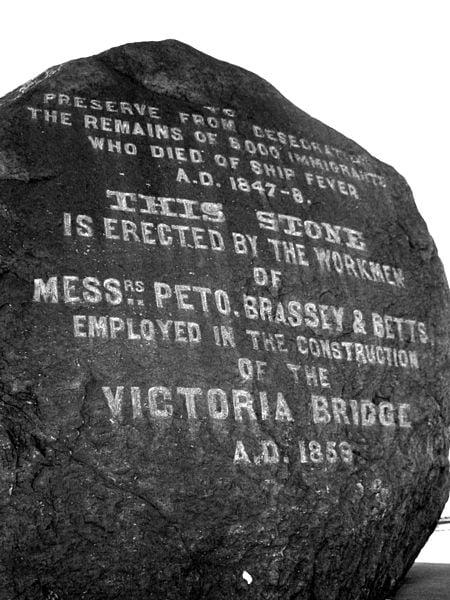
Montreal, Quebec, Canada
While construction of the Victoria Bridge was under way between 1854 and 1859 workmen discovered human remains of Irish immigrants who died during the typhus epidemic of 1847.
In 1859 the workmen erected a large rock at the approach to the bridge in honor of the Irish buried there. Officially it is called the Irish Commemorative Stone but locally it's known as The Black Rock.
Its inscription reads:
“To preserve from desecration the remains of 6000 immigrants who died of ship fever A.D.1847-8 this stone is erected by the workmen of Messrs. Peto, Brassey and Betts employed in the construction of the Victoria Bridge A.D.1859."
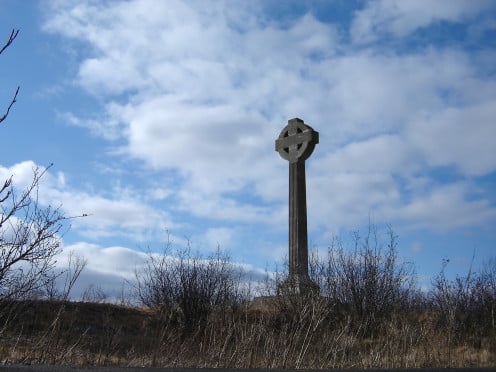
Partidge Island, New Brunswick, Canada
In 1927 a Celtic memorial cross was erected on Partridge Island to commemorate the thousands of Irish immigrants who were quarantined there during the 1840s as a result of a Typhus epidemic.
Peterborough, Ontario, Canada
The Irish memorial was erected in 1997 to commemorates the 150th anniversary of the Great Famine in Ireland. The memorial consists of a simple rock engraved with years 1847-1997. A plaque is also located close by.
In 1847 the site was known as Hospital Point and many Irish emigrants fleeing the famine died in the fever shed near the site. The survivors lived on to contribute to the development and heritage of the region.
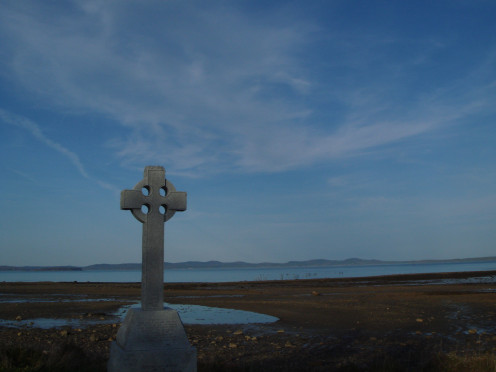
St. Andrews, New Brunswick, Canada
In 1995 the Charlotte County Chapter of the Irish Canadian Cultural Association of New Brunswick had a Celtic Cross erected on the shore at St. Andrews Point in view of Hospital Island, the quarantine station in Passamaquoddy Bay where so many Irish immigrants who arrived stayed and those that died are buried.
Historically, Charlotte County is one of the most Irish counties in the province with thousands arriving at the port of St. Andrews between 1820 and 1860, the largest group overall being Ulster Irish. By 1851 forty percent of all the heads of households were Irish-born. In the Loyalist town of St. Andrews 52% were Irish born.
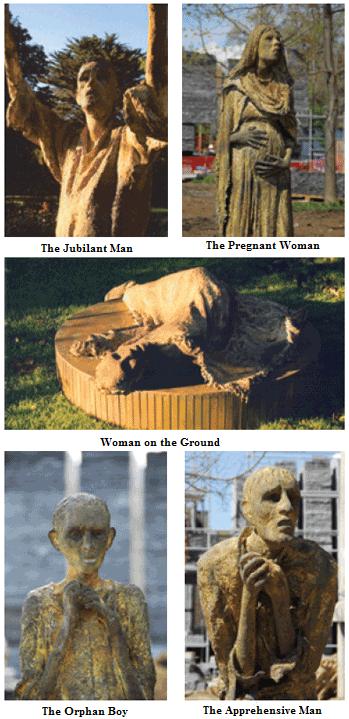
Toronto, Ontario, Canada
Between May and October of 1847 more than 38,000 Irish migrants arrived on the Toronto waterfront. This overwhelmed a city who, at the time, had a population of around 20,000 citizens.
The Ireland Park Foundation was founded in 2000 with plans to erect a park in honor of those that courageously left their home and traveled to Toronto. The foundation secured Bathurst Quay located along Lake Ontario. It was an ideal location for a park and had historical value as well, located just west of Reese’s Wharf, where the immigrants landed, and just south of the intersection of Bathurst and Front Streets, where the fever sheds were located.
The plan called for a park with statues of immigrants arriving from Ireland. The sculptor commissioned to do the memorial was Rowan Gillespie. Gillespie created the sculptures for the "The Departure" that were donated by Norma Smurfit of the Smurfit Foundation and located in Dublin harbor showing starving, broken, weary Irish packed and leaving for foreign shores. Rowan Gillespie and Norma Smurfit had always hoped to have a reciprocal memorial in North America that would reflect the journey the immigrants took to those new lands.
That wish was answered with the proposal for Ireland Park. Gillespie agreed to create the "The Arrival" if property could be secured near the harbor.
Gillespie had always considered the possibility of doing a memorial on the other side of the Atlantic, celebrating the arrival. He stated, "While working on the Famine sculpture for Dublin, of course my mind often turned to considering what would be the fate of this bedraggled group - how many of them would even survive the crossing?"
The park officially opened in June of 2007 and dedicated by Mary McAleese, President of Ireland and is now a quiet refuge near a busy harbor.
Note: Ireland Park is currently closed to allow the building of a walkway along the outside perimeter, separating it from Lake Ontario.
Canada today.
Irish Canadians are immigrants and descendants of immigrants who were born in Ireland. Between 1831 and 1850 over 600,000 Irish landed in Canada.
Canada's Official Statistical office states that as of the 2006 census the Irish were the 4th largest ethnic group with 4,354,000 Canadians with full or partial Irish descent or 14% of the country's total population.




